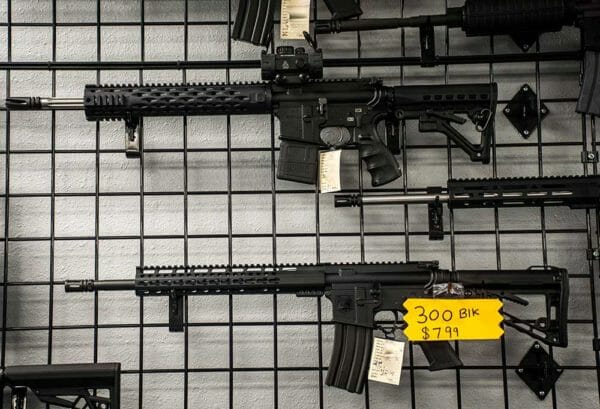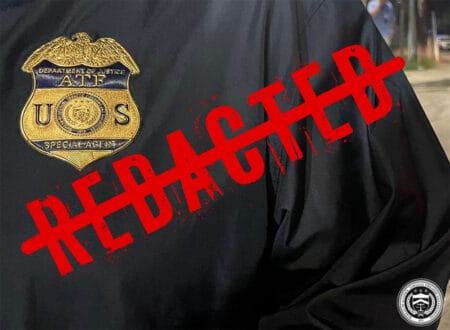
The second Trump administration has reversed the burdensome restrictions on the export of firearms and accessories imposed by the Biden administration in April 2024.
During the first Trump administration, the regulatory burden on the export of firearms and accessories was significantly reduced. Much of this was done by transferring the application for export process from the Bureau of Alcohol, Tobacco, Firearms and Explosives (ATF) and the Department of State to the Department of Commerce, Bureau of Industry and Security (BIS). The BIS issued regulations to comply with the change.
On April 30, 2024, during the Biden administration, the BIS published an interim final rule. The interim final rule required new export license requirements on firearms, ammunition, and components. These restrictions were estimated to cost American manufacturers hundreds of millions of dollars in lost sales.
On September 30, 2025, the BIS in the second Trump administration issued a final rule that restored the regulatory scheme to that of the first Trump administration, effectively rescinding all the firearms export changes made by the Biden administration. The only change that was not rescinded was the change made in the administrative numbering system.
From the Federal Register:
On April 30, 2024, the Bureau of Industry and Security (BIS) published an interim final rule (Firearms IFR) that imposed new export license requirements for firearms and related ammunition and components. American firearms manufacturers estimated that these regulatory restrictions would cost them hundreds of millions of dollars per year in lost sales. BIS, informed by public comments on the Firearms IFR, has determined that the Firearms IFR should be rescinded in its entirety—with the only exception being to maintain new Export Control Classification Numbers (ECCNs). This final rule also amends the EAR by removing the Congressional notification requirement for certain semi-automatic firearms license applications. By restoring export controls on firearms to the state they were in at the end of the first Trump Administration, BIS is advancing the Administration’s commitment to reducing regulatory burdens on industry and law-abiding firearms owners.
The EAR mentioned above refers to the Export Administration Regulations. The EAR regulations are voluminous. They include considerable detail, which is designed to prevent confusion about what is covered and what is not. The export regulations are complicated by the attempt to prevent exports of advanced military technology to countries and entities hostile to the United States.
The United States and the world are still in the first year of the second Trump administration. These changes only affect the exportation of firearms, ammunition, and components. They do not affect the importation of firearms and ammunition. From a business and financial viewpoint, the impact on exports is much more significant than the impact on imports, especially imports of small numbers of firearms for individual use.
Import regulations make it extremely difficult for individuals, who are not on active duty in the United States military, to import firearms made after 1898. This is true even for individuals who are importing used firearms for their own use. This correspondent would love to see a reasonable exception for individuals to import up to 10 post-1898 firearms per year per individual.
Much of the rest of the world is making it harder and harder for individuals to own firearms. Many Americans, traveling in foreign countries, have opportunities to purchase desirable and historical firearms. For most individuals, the regulatory burdens placed on importation of firearms and ammunition are practically insurmountable. This is, understandably, a lower priority for the Trump administration than rescinding burdensome regulations restricting the exportation of billions of dollars of products made by American manufacturers. Perhaps the Trump administration can add it to the “to do” list.
About Dean Weingarten:
Dean Weingarten has been a peace officer, a military officer, was on the University of Wisconsin Pistol Team for four years, and was first certified to teach firearms safety in 1973. He taught the Arizona concealed carry course for fifteen years until the goal of Constitutional Carry was attained. He has degrees in meteorology and mining engineering, and retired from the Department of Defense after a 30 year career in Army Research, Development, Testing, and Evaluation.







‘Bout time. Now let’s eviscerate import restrictions. Export controls, to some extent, are legitimate as it relates to foreign policy. Short of chemical, nuclear, radiological, and biological weapons, U.S. citizens should be free to import and own whatever arms and armament they want.
bring on the cheap ammo please.
Remove the reimport restrictions of Foreign Military Sales and Lend Lease firearms and equipment. Korea has thousands of Garands waiting to come home.